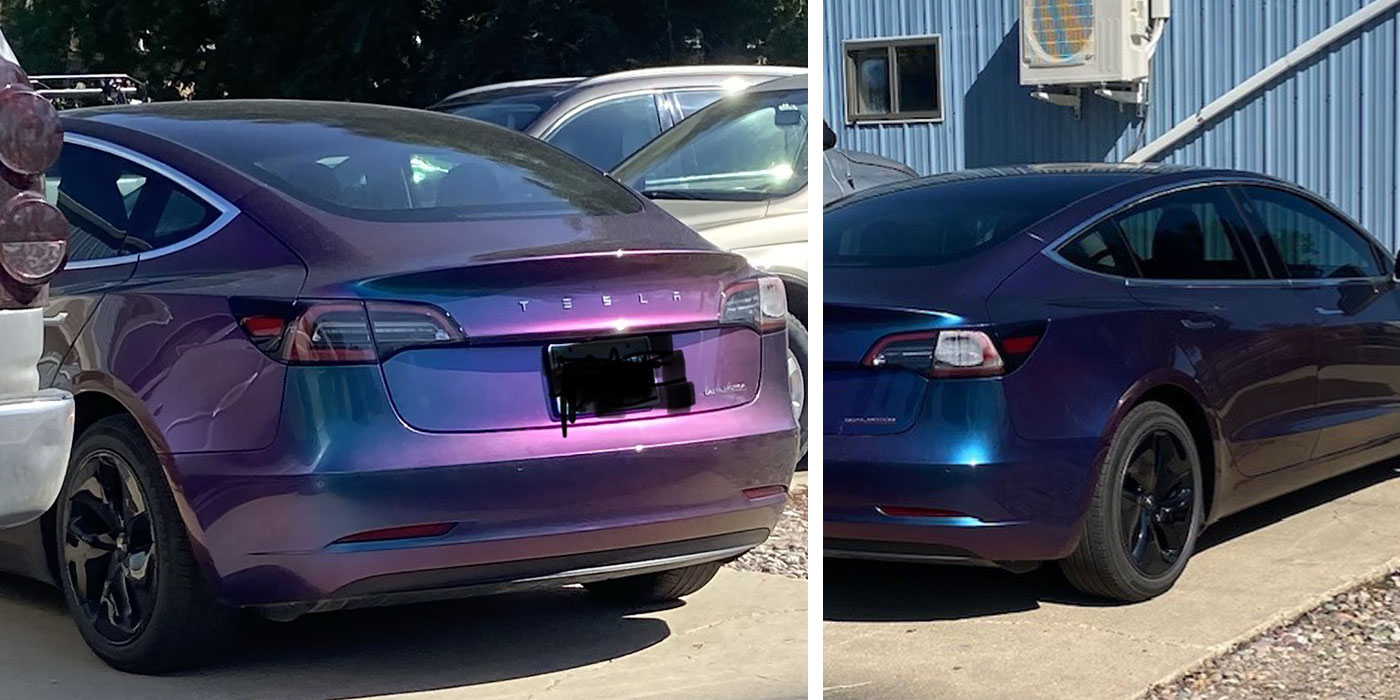Sooner, rather than later, it’s predicted the industry will transition from solvent-based paint to waterborne paint. And, as would be expected, there will be the usual amount of resistance and backlash. However, many in the industry are already embracing waterborne technology, whether forced by government regulation or of their own volition, and these pacesetters will be under the microscope of a curious collision repair market eager to observe both success and failure.
This month in California at the Paint Body & Equipment Specialists Conference, I’ll moderate a panel of PBE jobbers who are impacted by the regulation that requires all collision repair shops to spray only waterborne paint in a four-county region of Southern California. By agreeing to participate, these jobbers are to be commended for their leadership, unselfishness and willingness to expose themselves and their general successes and mistakes for the benefit of others (in many cases, their very own competitors). When impending, significant change is barreling toward innocent victims like a breakaway trailer down a steep incline, heroes are required. That may be a bit melodramatic, but in this instance, those jobbers are just that.
No one truly likes change. It’s disruptive, agitating, and requires adjustments and compromise – certainly not the types of things that make for easy transition within our Attention Deficit Disorder-infested society. Perhaps that’s why the Europeans adapted to waterbornes many years ago. They’re a more patient and willing bunch over there. They’re also more inclined to do anything they can to preserve or improve the quality of the air they breathe. It’s not that we in the U.S. don’t care, it’s just that we haven’t cared as much until recently. So now, big, sweeping, business-altering change is upon us, and we need leaders to show us the way.
Thankfully for the collision repair industry, we have them in the form of paint manufacturers, their warehouse distributor and jobber partners, and the shops and paint technicians who are or will soon be spraying waterbornes. We will, to the best of our ability, share with you their stories, trials and errors, successes and efficiencies. We’ll inform you about all of the nuances of the transition to waterbornes. And, we’ll follow the government rulings and regulations and keep you current with regard to what’s required by you and when it’s required (if at all). In this month’s issue, BodyShop Business contributing editor Mark Clark offers a comprehensive article on the waterborne topic, and you can expect more articles as the technology unfolds throughout the industry.
With change comes opportunity – but not until you embrace the impending alteration and carefully consider all of your options. Inventories, dry times, air movement and more are all impacted by a change to waterbornes. But there are efficiencies to be gained and profits to be made if you’re thoroughly informed and properly prepared. As a trade publication with the primary goal of helping our readers become better and more profitable at what they do, we fully intend to provide you with more information than you could use to do just that in the face of this impending change. We’re honored to have this opportunity, and we’d like to honor those companies that are already leading the way. At some point sooner, rather than later, this entire industry will owe them a huge debt of gratitude for leading the way with
waterbornes.













